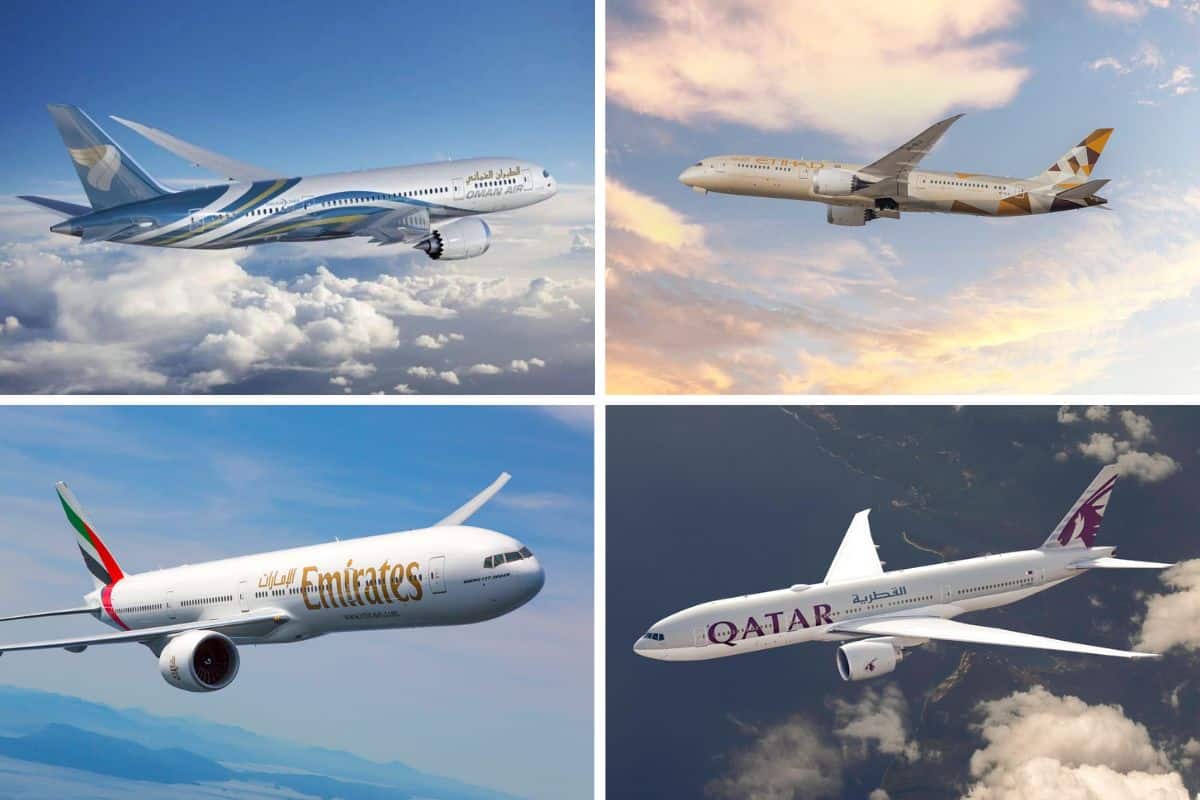Despite commercial aviation’s huge growth potential in the next decade, the sector was set back six years by the COVID pandemic, , according to a new report from consulting firm Oliver Wyman.
It said the global commercial aviation fleet is projected to grow 28 per cent over the next 10 years, expanding from today’s 28,400 aircraft to 36,400 by 2034
Meanwhile, the fleet across the Middle East will grow by 51 per cent from 1,472 to 2,227.
Commercial aviation forecasts
Anthony DiNota, Vice President of Oliver Wyman’s CAVOK: said: “Having clawed its way back from COVID, the industry is finally out of recovery mode and on a growth trajectory.
“But the pandemic is having a lasting impact. Before COVID the fleet was slated to reach 39,000 aircraft by 2030.
“However, this won’t happen until 2036, with COVID wiping out six years of growth.”
André Martins, Partner and Head of Transportation and Service for India, the Middle East, and Africa at Oliver Wyman, said: “Over the next decade, there will be shifts in the regional composition of the global fleet, with the Middle East gaining a larger share.
“Many factors are contributing to this growth, including the region’s central location, the strength of the well-established players in the market, and the addition of new players.
“The bold economic diversification plans across the GCC are also a strong factor: these visions will bolster many industries that will be key to fuelling the growth of the region’s aviation industry.”
The Oliver Wyman report also finds that globally, the maintenance, repair, and overhaul (MRO) sector will grow almost 3 per cent in 2024, reaching $104bn, and will expand 1.8 per cent annually on average through 2034.
Key findings of the forecast include:
- Global growth rate – Globally, the industry has now matched its pre-COVID peak, but growth moving forward will be slower. The fleet will expand 2.5 per cent annually (compound annual growth rate) versus the 2.9 per cent projected in last year’s 2023-2033 forecast. Narrowbodies are expected to see a steady increase in their share of the fleet, rising from 61 per cent in 2024 to 63 per cent in 2034. This growth is driven by the resurgence of domestic air travel worldwide, which is projected to surpass the pre-COVID peak
- Middle East fleet growth outstrips global average – The Middle East fleet is projected to grow at an annual 4.2 per cent from 2024 to 2034, outstripping growth rates in most parts of the world, including Africa (2.3 per cent), Latin America (1.9 per cent), North America (1.8 per cent), and Western Europe (1 per cent). This growth will be driven primarily by narrowbodies. In a region where widebodies have long dominated, narrowbodies will climb from 40 per cent to 47 per cent of the fleet over the decade. Widebodies will decrease from 56 per cent to 50 per cent
- India leads – For the first time ever, India will overtake China as the industry’s growth leader, with the Indian fleet expected to expand almost 13 per cent over the first five years of the forecast period and nearly 10 per cent for the entire 10 years. Currently at about 600 planes, the Indian fleet will be 2.5 times the size it is today by 2034
- MRO in the Middle East compared to the world – The aviation’s global aftermarket, known as MRO, keeps aircraft flying. The overall MRO market in the Middle East is expected to grow at an annual rate of 2.3 per cent (vs. 1.8 per cent globally) from 2023 to 2034 and will be driven by local capabilities development to capture value leakage. It is slated to be worth nearly $16bn by 2034 (vs. $124bn globally)






